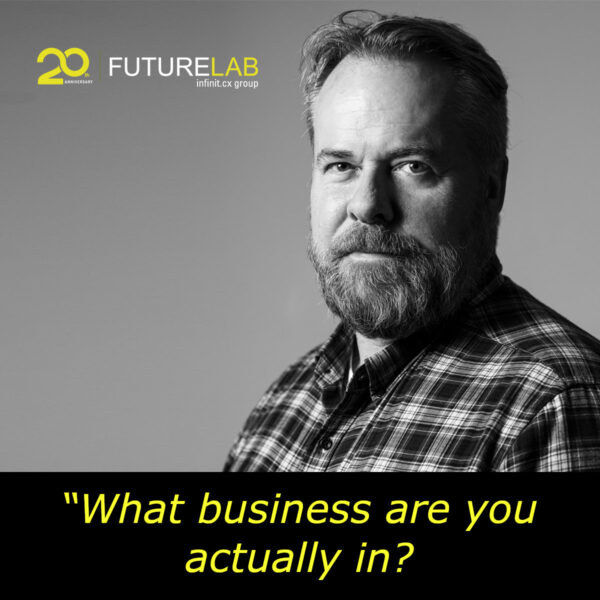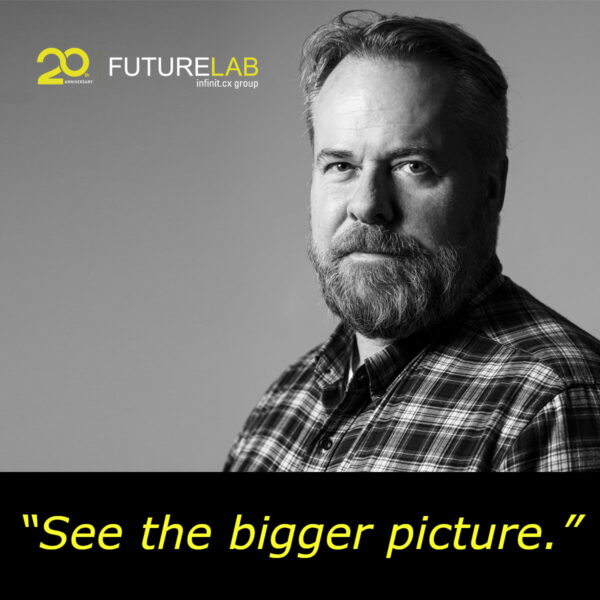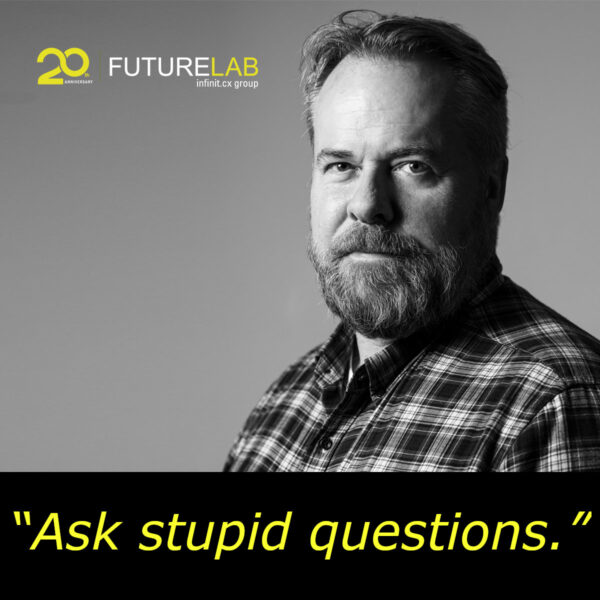- Guest Post by: Monica Shaw
People use the internet to find and share information: videos, articles, pictures, movie times, menus… you name it. We’re hungry for the stuff. But with so much information surging through cyberspace, it takes a really juicy bit of info to really grab our attention. Even then, the juiciest morsel needs to catch us at just the right moment in order to influence us.
The ancient Greeks had a word for this moment: Kairos. It signifies the time at which a crucial word is said or action is performed that elicits a special response. The word is often associated with the classical Greek courtroom, where winning an argument required a clever combination of timing and words. This importance of timing is reflected in its roots, “weaving” and “archery”. In weaving, kairos refers to the the moment when the weaver must draw the yarn through the gap in the cloth. In archery, it refers to the “opening” through which the arrow must pass to penetrate its target.
In both cases, the presence of an opening or gap is both crucial and temporary. Such is the case with rhetoric: a speaker has only moments to speak the right words to elicit the desired response in his audience. In those few moments, the correct orchestration of time, space and action must take place accurately and skillfully.
This concept of Kairos is hugely relevant to marketers as we too seek to influence those special moments in human behaviour. In ancient Greece, rhetoricians used spoken language to achieve kairos. In the digital age, we have many more options.
Kairos in the Digital Age
Online, brands compete heavily for the attention of internet users. We not only use words, but pictures, video and sound. This recent merging of technology, social interaction and content offers brands numerous ways to seize the critical moment and influence their audience online. However, with opportunity comes challenges:
- The wealth of information on the Internet makes it harder for brands to compete for consumers’ attention
- With information, comes shortened attention spans, making the task all the more difficult
- The real-time nature of the internet means brands must react quickly in order to have an impact
To achieve kairos, marketers need to be clever about how we use technology to reach the masses.
Last year, Colleen Jones wrote about kairos for web writers in her article, Words That Zing on A List Apart: “Kairos renews the value of professional web writing. Influential words for planned opportune moments, such as a landing page, are more critical than ever.”
These words act like the kiaros arrow and, as Colleen puts it, “Zing! – hits the mark.” But it’s not just words that count – imagery and other media matter too. All of these are tools that marketers can use to have a zing effect online.
Listening for Kairos
Just as technology can help us connect with our customers, so to can it help us understand which words and ideas will resonate and increase our chance of kairos.
The first step involves simply listening – get into the fray and listen to what people say when they talk about your brand or issues related to your brand. Social media is an amazing resource that lets us listen to real, organic consumer conversations in ways that we never could before. Take advantage of this. Learn how to listen to conversations online.
For the elite listener, there are even more powerful ways to use technology to understand which words resonate with consumers. A few weeks ago, I wrote about natural language processing, a field of computer science that attempts to use fancy algorithms to analyse conversations and find patterns in texts. For example, what words do people use when they talk about the Gap?
The intersection of social media and technology allows us to scientifically figure out which words will strike a cord with our audience, and our capabilities are only getting better with time.
The awesome thing about the internet is that it allows us to both listen to conversations and respond to those conversations in ways that maximise the zing effect.
Brands Using Kairos
Bath Ales
Bath Ales started using Twitter in 2010 under the guidance of Peter Kay and have since taken the West Country beer drinking community by storm. They respond to every tweet, particularly those that get logged right around happy hour. What better time to influence customers than after they’ve had a couple drinks? What’s more, Bath Ales proves the effectiveness of kairos: last year, they saw a 56% increase in online sales between 14 October 2010 and 4 January 2011 compared to the same period in 2009 driven in part by conversions from their Twitter stream.
Kate Spade
Pictures speak louder than words, especially when you want to get people’s attention. Fashion brand Kate Space has been using visually rich branded content on her tumblr blog to deliver the zing effect to fashionistas everywhere. Kate Spade’s playful, personal use of channels like Tumblr are part of what makes the brand a $70 million “design powerhouse” (their words, but we have to agree).
Del mar racing
The Del Mar Racetrack in Southern California recently used social media to drive an extra 27,000 people to the races last year. In addition to successful Foursquare and Facebook campaign, Del Mar put kairos into effect on Twitter. Del Mar not only monitors mentions of the brand, but also posts about people traveling to San Diego and sends messages about upcoming events. These timely tweets demonstrate how Twitter can not only be used to zing your customers, but to also zing would-be customers who might be interested in your product.
Are you using kairos to zing your customers? If so, how? Let us know in the comments!
Original Post: http://www.marketsentinel.com/blog/2011/02/the-secret-to-online-influence-think-greek/




